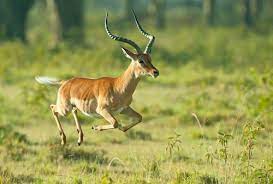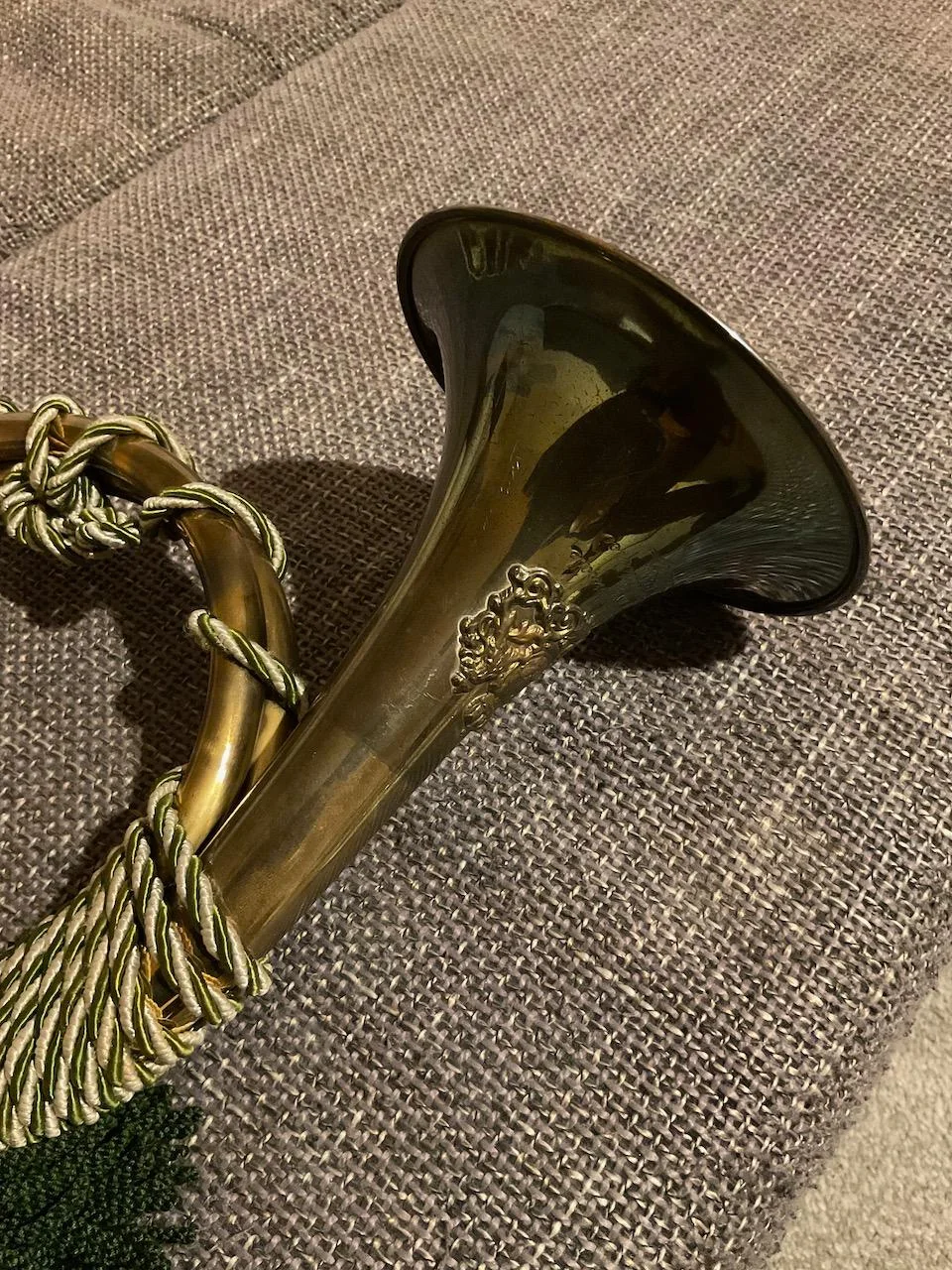Stamp: Posthorn Emergency overprint (Cinderellas 1993)
Posthorn Emergency overprint (Cinderellas 1993)
01 January (Cinderellas ) within release Ukraine : Cherkasy goes into circulation Stamp Posthorn Emergency overprint face value 38 Ukrainian karbovanets
| Stamp Posthorn Emergency overprint in catalogues | |
|---|---|
| Colnect codes: | Col: UA-CH 1993-01/03 |
Stamp is vertical format.
Blue overprint on 1k Soviet Union stamp dated 1988Also in the issue Ukraine : Cherkasy:
- Stamp - Posthorn Emergency overprint face value 18;
- Stamp - Posthorn Emergency overprint face value 38;
- Stamp - Posthorn Emergency overprint face value 9;
- Stamp - Posthorn Emergency overprint face value 88;
- Stamp - Posthorn Emergency overprint face value 175;
- Stamp - Posthorn Emergency overprint face value 225;
Stamp Posthorn Emergency overprint it reflects the thematic directions:
Headgear may be worn for protection against cold (such as the Canadian tuque), heat, rain and other precipitation, glare, sunburn, sunstroke, dust, contaminants, etc. Helmets are worn for protection in battle or against impact, for instance when riding bicycles or motor vehicles. There are also hats that are worn for protection from the cold
A horn is a permanent pointed projection on the head of various animals that consists of a covering of keratin and other proteins surrounding a core of live bone. Horns are distinct from antlers, which are not permanent. In mammals, true horns are found mainly among the ruminant artiodactyls,[not verified in body] in the families Antilocapridae (pronghorn) and Bovidae (cattle, goats, antelope etc.). Cattle horns arise from subcutaneous connective tissue (under the scalp) and later fuse to the underlying frontal bone.
The horse (Equus ferus caballus) is one of two extant subspecies of Equus ferus. It is an odd-toed ungulate mammal belonging to the taxonomic family Equidae. The horse has evolved over the past 45 to 55 million years from a small multi-toed creature, Eohippus, into the large, single-toed animal of today. Humans began to domesticate horses around 4000 BC, and their domestication is believed to have been widespread by 3000 BC. Horses in the subspecies caballus are domesticated, although some domesticated populations live in the wild as feral horses. These feral populations are not true wild horses, as this term is used to describe horses that have never been domesticated, such as the endangered Przewalski's horse, a separate subspecies, and the only remaining true wild horse. There is an extensive, specialized vocabulary used to describe equine-related concepts, covering everything from anatomy to life stages, size, colors, markings, breeds, locomotion, and behavior.
The post horn is a valveless cylindrical brass instrument with a cupped mouthpiece. The instrument was used to signal the arrival or departure of a post rider or mail coach. It was used by postilions of the 18th and 19th centuries.




